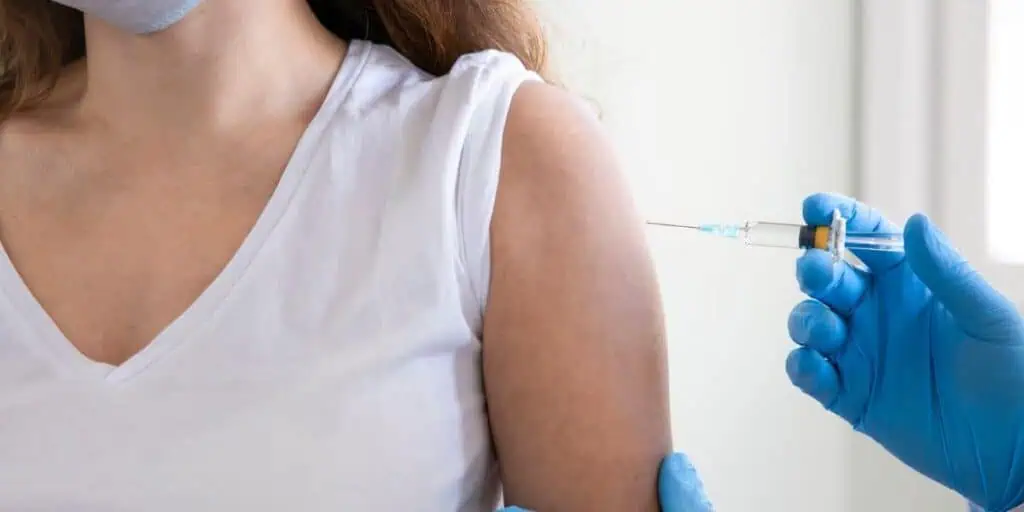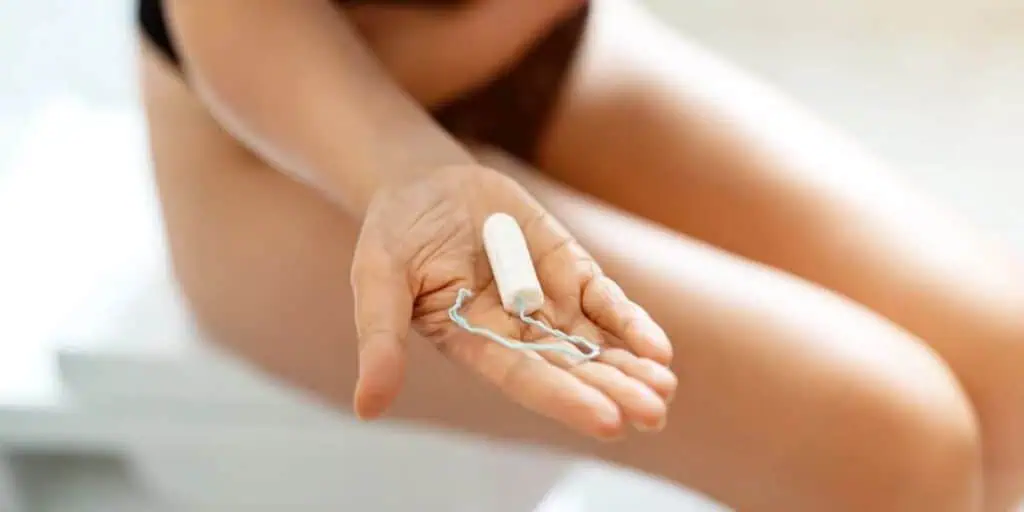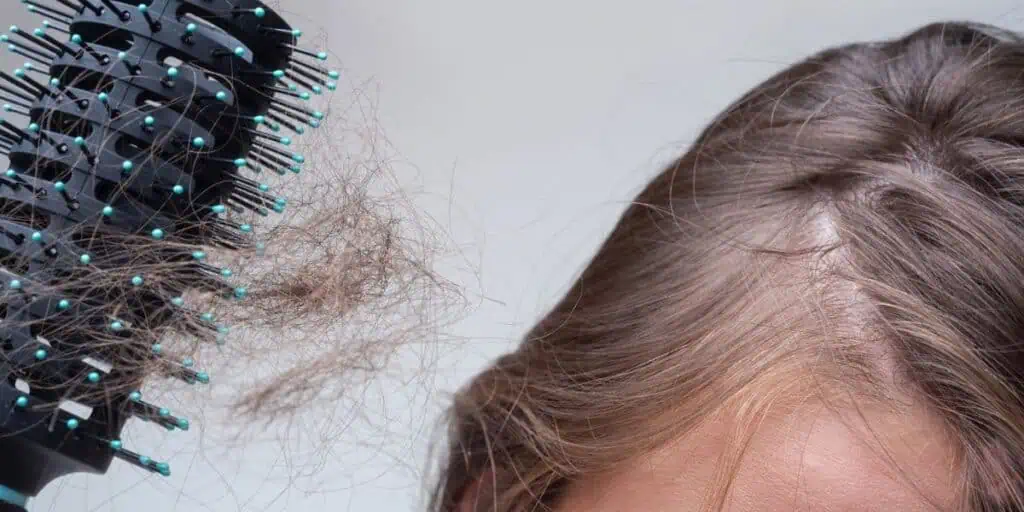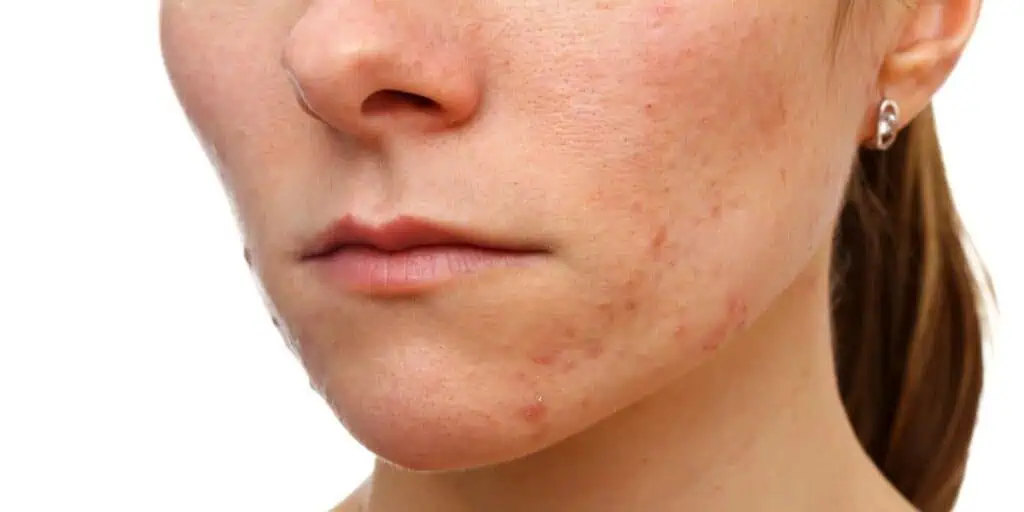What is cervical cryotherapy?
Cervical cryotherapy (also called cervical cryosurgery or cryoablation) destroys abnormal cells of the cervix with chemical freezing technology.
Why is cervical cryotherapy performed?
Cryotherapy may be performed after abnormal cells are found during a Pap test, colposcopy, or biopsy. These abnormal cells, if left untreated, could potentially progress to cervical cancer.
Cervical cryotherapy specifically targets precancerous changes known as cervical dysplasia. Cervical dysplasia is usually asymptomatic, so it’s important to diagnose and treat the condition to reduce the risk of cervical cancer.
Additionally, cryoablation is used to treat certain sexually transmitted diseases, including genital warts.
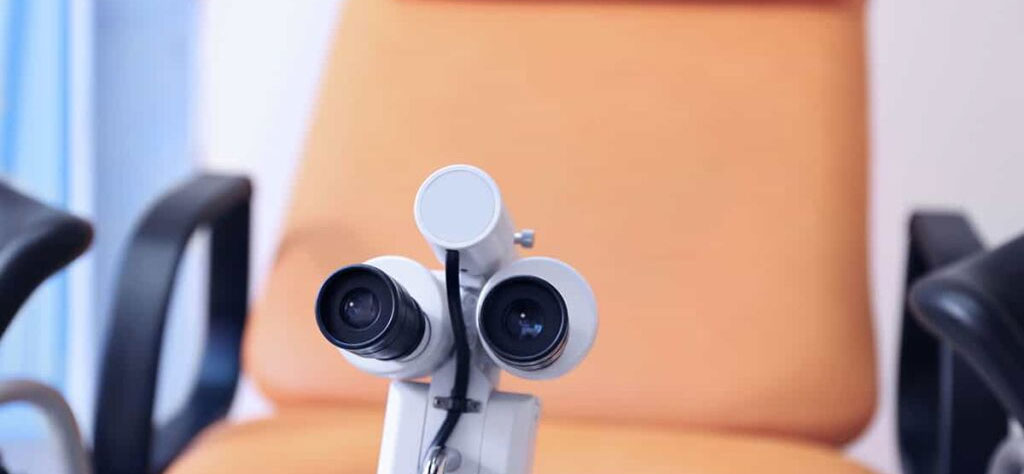
What to expect during a cervical cryotherapy procedure
Much like during a routine pelvic exam, when you come in for your cryotherapy treatment, you will lie on your back on the exam table with your feet in stirrups. Your doctor will then use a speculum – a long, metal instrument with narrow, duckbill-shaped paddles – to access the cervix better.
The procedure uses a special hollow cryoprobe that flows liquid nitrogen, an extremely cold substance. The probe will touch the abnormal area for 2-3 minutes. Sometimes, a second round of 2-3 minutes may be needed, or the doctor may freeze the area for 5 minutes.
This process may be mildly uncomfortable. The area will feel cold, and you may experience mild cramping.
Cervical cryotherapy is typically performed as an outpatient procedure in your doctor’s office. This non-surgical procedure effectively destroys all abnormal cells in 90% of cases.
How does cervical cryotherapy work?
Cervical cryotherapy applies extreme cold directly to the abnormal cervical cells, usually through liquid nitrogen or argon gas. This freezing process causes the cells to die and eventually slough off, allowing healthy tissue to regenerate in their place.
What are the risks of cryotherapy?
Cryotherapy is considered a very safe procedure. However, there is always a risk of complications and side effects with any medical procedure.
If you experience:
- Heavy vaginal bleeding (more than your average menstrual period)
- Pelvic pain that worsens over time
- Fever or chills
- Yellow or bad-smelling vaginal discharge
You should call your healthcare provider immediately, as these symptoms are signs of an infection.
Another risk of cryotherapy is a flare-up of an existing pelvic infection. Also, it may not destroy all abnormal cells, especially if deeply embedded in the cervical tissue. Further treatment may be necessary, so follow-up pap smears are important.
What is the cryotherapy recovery?
Cryotherapy of the cervix is a minimally invasive procedure. Most women can return to their day-to-day activities on the same day without much interruption.
After cryotherapy, you should expect some watery vaginal discharge for about 2-3 weeks. You can manage this with sanitary pads. You will need to avoid putting anything into your vagina for at least three weeks, including tampons, douches, and vaginal medications, unless otherwise instructed. Abstain from vaginal sexual intercourse during this time.
Depending on your doctor’s recommendation, you will need to schedule follow-up pap smears every 3-6 months. After several average consecutive pap test results, you can usually return to your annual pap smear schedule.

Why choose Dr. Aliabadi?
Dr. Thais Aliabadi and her team accompany women throughout every stage of their reproductive care, including the joyful and the stressful periods.
At our women’s health clinic, our focus is on helping the patient decide what’s best for their lifestyles. For this, we offer a full range of medical procedures—from routine pap smears to specialized hormonal tests—as well as a listening ear.
In addition to her expertise, Dr. Aliabadi teaches Cedars Sinai Medical Center residents and medical students at the University of Southern California.
We invite you to establish care with Dr. Aliabadi. Please make an appointment online or call us at (844) 863-6700.
The gynecology practice of Dr. Thais Aliabadi in Beverly Hills is conveniently located for patients throughout Southern California and the Los Angeles area. We are near Beverly Hills, West Hollywood, Santa Monica, West Los Angeles, Culver City, Hollywood, Venice, Marina del Rey, Malibu, Manhattan Beach, and Downtown Los Angeles.
Cervical cryotherapy is typically used for less severe abnormalities. It is less invasive, while LEEP is more effective for moderate to severe cervical dysplasia and can remove abnormal cells more precisely, including those deeper within the cervix. Cryotherapy doesn’t allow your provider to test the tissue once they remove it because the abnormal tissue is destroyed.
Cervical cryotherapy is usually not painful, but it can cause some discomfort. During the procedure, you might feel a cold sensation and cramping similar to menstrual cramps. Any discomfort typically subsides shortly after the procedure is completed.
It’s recommended to avoid sexual intercourse for about 2 to 3 weeks after undergoing cervical cryotherapy. This allows the cervix to heal and helps prevent infections and other complications.
Cervical cryotherapy generally does not affect fertility unless a very rare complication occurs. The procedure targets only the abnormal cells on the cervix and typically preserves the overall function of the cervix.
rtCryotherapy can remove precancerous cells from HPV. But it also destroys the cells, so your provider can’t send it to a lab for analysis.s









